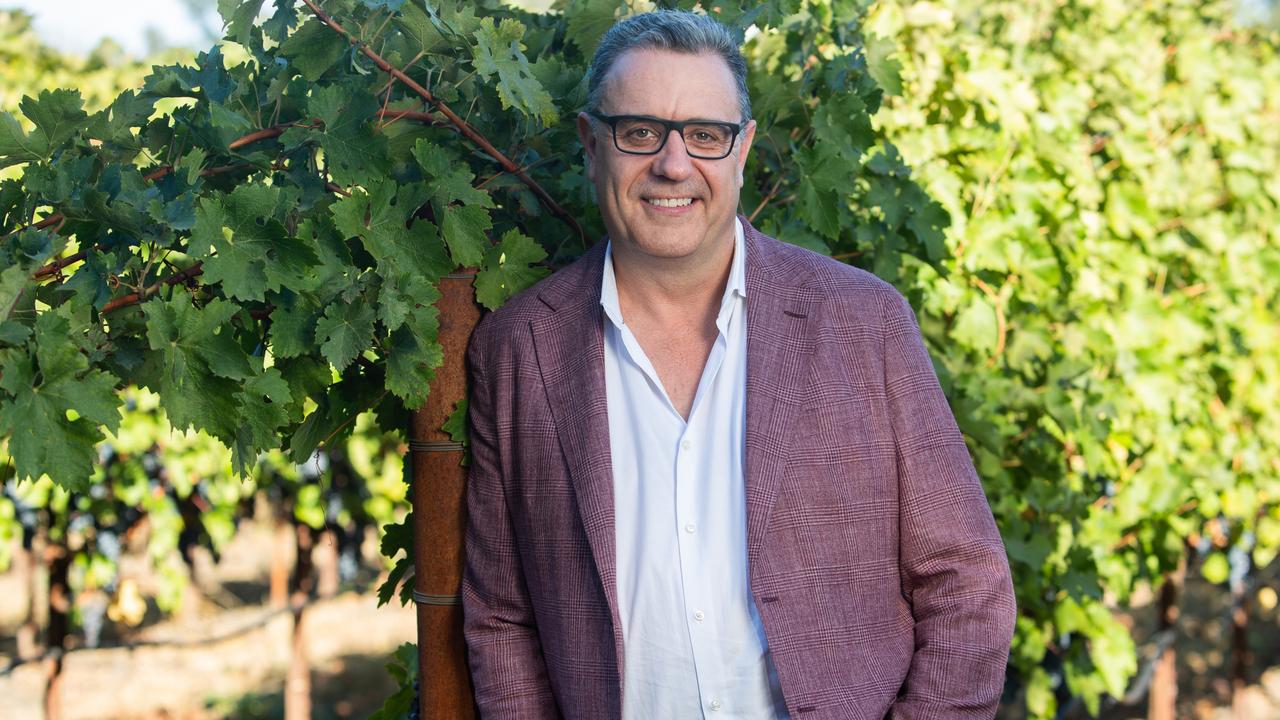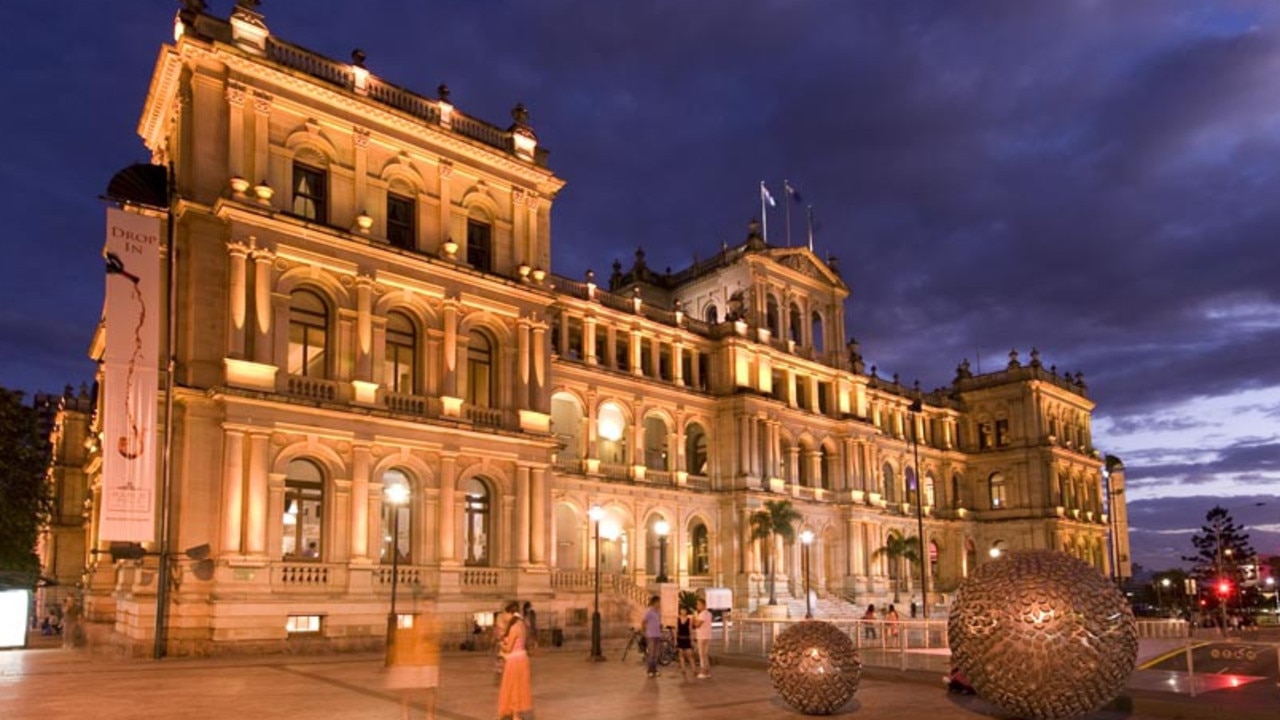Adelaide’s BioMed City is attracting strong clinical trial interest as its critical mass continues to grow
The cluster of hi-tech health buildings on North Tce in the city is coming into its own with groundbreaking research and a big rise in clinical trials.
There has been a 50 per cent increase in clinical trials in Adelaide as a result of the state’s safe-haven status throughout the COVID-19 pandemic, the general manager of Adelaide BioMed City says.
Yvette van Eenennaam, who is also chair of the SA Genomics Centre, said the $3.8 billion precinct at the western end of North Terrace, including the New Royal Adelaide Hospital, the SA Health and Medical Research Institute (SAHMRI), university research institutes and extensive clinical trial facilities, was now home to about 2000 medical researchers, working across research, education and commercialisation of new technologies.
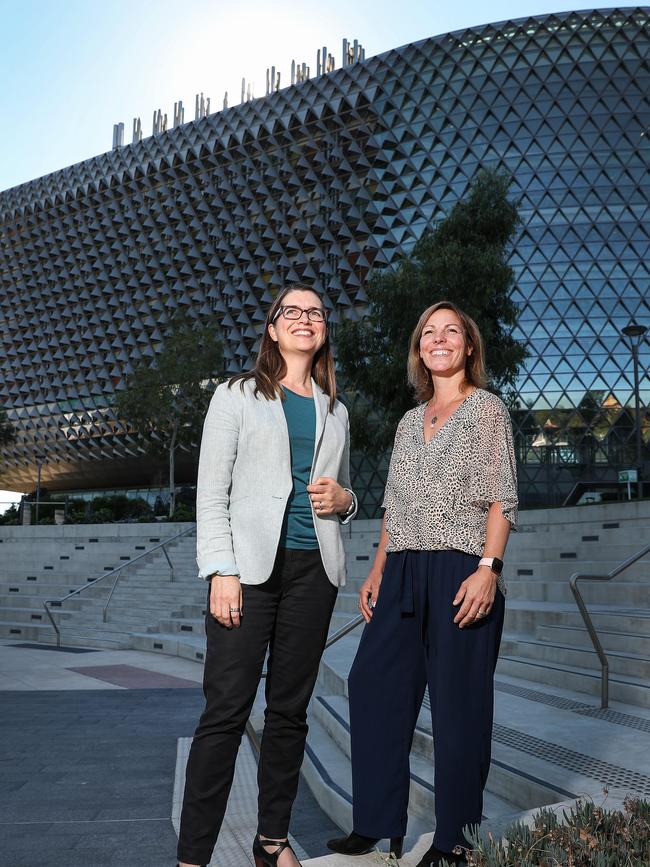
“And these numbers are significantly increasing,’’ she said.
While South Australians, and indeed anyone who visits Adelaide, can’t help but be impressed by the stunning facade of the SAHMRI building, and the row of new research, education and health facilities in the precinct, what happens inside those buildings can seem a bit of a mystery.
The reality is that, in line with the vision for the area, it’s becoming a bustling hub of medical research, with companies such as Carina Biotech, Glyscend, Cincera Therapeutics and EBR Systems working towards commercialising new protocols which could revolutionise the treatment of various ailments.
For example, Glyscend last year raised $29m in investment for its polymer technology, which is an orally-administered treatment for Type 2 diabetes.
The treatment mimics the impact of gastric bypass surgery in improving sugar control in patients, but without the risk associated with surgery.
It’s just one example of the many companies and research projects which are not just making new discoveries, but attempting to transform them into treatments, medical devices and products, and also into job-creating companies.
On the clinical trial front CMAX does trials for drug companies from across the globe at its facility in the precinct.
Ms van Eenennaam said the biomed precinct clustered together institutes and centres from health and medical, clinical care, research, education and industry.
“It’s all to drive our agenda of collaboration, innovation and commercialisation … and we’re also part of a broader ecosystem of innovation districts which I think is very important.
“If you look at the future of healthcare it’s very focused on integrating emerging technology and interdisciplinary approaches.’’
The combination of the Adelaide BioMed City, the Lot Fourteen start-up incubator and the Tonsley Innovation District meant that there was a flow of information and collaborations between health researchers, those with expertise in medical device development, software and user experience and manufacturing.
Brandon Capital Partners is one of the organisations which has based itself in the precinct, where the life sciences-focused investment firm can get intimate and early access to new opportunities coming out of the researchers and companies there.
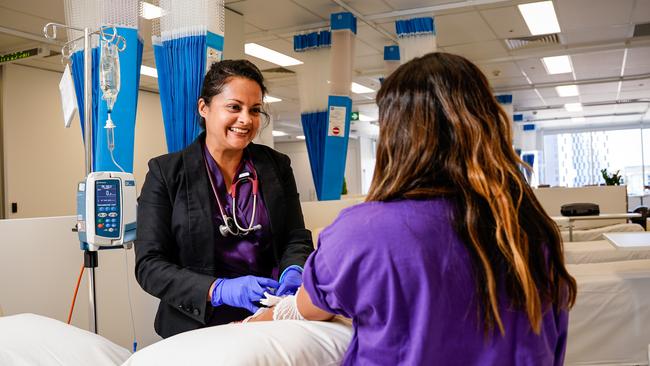
Brandon’s Adelaide-based investment director Dr Melissa McBurnie said being embedded in the area was vital to be able to identify promising research at an early stage.
“There’s a huge amount of effort required to commercialise great science,’’ Dr McBurnie said.
“What we do is partner with those scientists for the long haul, working collaboratively with them to support the development and commercialisation of their technology.
“I guess where Brandon is unique is we like to invest early.’’
Dr McBurnie said the firm had been the founding investor for most of their portfolio companies, investing on behalf of superannuation funds such as Statewide Super, Hostplus, Australian Super, Telstra Super and HESTA.
“Those investors are after strong financial returns but also understand that it’s a long-term approach.
“They also recognise the role and the impact their investment has in the ecosystem.’’
Brandon gets involved with researchers, who might not have business acumen or want to run a business, and help turn ideas into companies.
Dr McBurnie, who has a PhD in Immunology from the University of Adelaide and an MBA, specialising in finance, from the University of South Australia, said Brandon worked closely with the various medical research institutes and their commercialisation teams to identify opportunities.
“We don’t expect scientists to necessarily have that (business) experience. That’s what we’re experts in.’’
Brandon Capital Partners’ Medical Research Commercialisation Fund (MRCF) has invested in both Cincera Therapeutics and Glyscend.
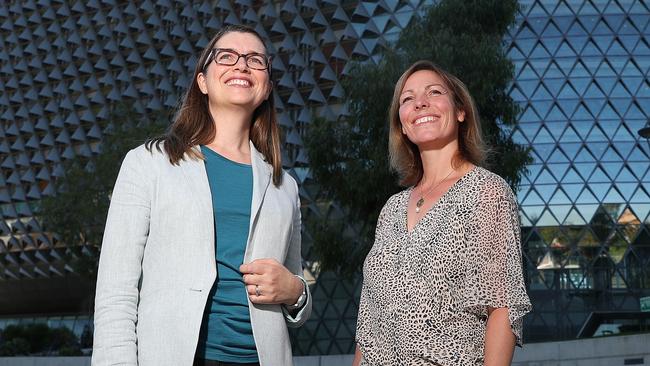
“Cincera came out of a collaboration between a biologist at the Centre for Cancer Biology at UniSA, Professor Stuart Pitson … collaborating with a medicinal chemist at the Monash Institute for Pharmaceutical Sciences, Professor Bernard Flynn.
“They’re developing new drugs to treat metabolic diseases.’’
Dr McBurnie said it was a good example of world-leading biology being able to get out of the lab and into the clinic through a meeting of minds between the researchers and the business support brought in by Brandon.
“With Glyscend we have world class clinicians with absolutely unique clinical capabilities and that’s what’s attracted Glyscend to Adelaide,’’ Dr McBurnie said.
The MRCF led the $29m funding round into Glyscend last year, and was joined by US healthcare investor, Santé Ventures, with support from Breakout Labs, a fund in the Thiel Foundation, owned by PayPal co-founder Peter Thiel.
“For the ecosystem to continue to develop in South Australia, we need to see even better harmonisation between investors, scientists, innovators and regulators,’’ Dr McBurnie said.
“As an example of what we must aim for, the world was able to produce three viable COVID-19 vaccines in under a year, smashing previous vaccine development timelines.
Through greater collaboration and focus between all constituent parts, we could achieve something remarkable. On a smaller scale, the same focus and collaboration will supercharge South Australia’s biotech ecosystem.”
In terms of the MRCF, it has more than $700m under management, and has supported more than 46 start up companies to date.
The fund is structured as a collaboration between the investors and its 55 member institutes, with representatives from each institute providing a peer review assessment of opportunities through representation on its Investment Review Committee (IRC).
Ms van Eenennaam said there were a lot of developments still to come in the biomed precinct including the planned Women’s and Children’s’ hospital, an $80 million independent cancer research institute looking at immunotherapy and genomics and The Australian Bragg Centre which is soon to break ground which will house Australia’s first proton therapy capability.
Other projects in the early stages are a 32-floor, privately developed health and medical facility to be built at the Trinity Church site.
“We’re really expanding significantly in the coming years,’’ Ms van Eenennaam said.
She said companies were attracted to the precinct because it offered access on one site to a wide array of clinicians and researchers, as well as facilities.
“It ranges from big pharma – there are many conversations happening about the potential for further collaborations – it’s companies like Carina Biotech, it’s also high tech companies, they’re all key partners.’’
“We have an innovation hub which houses some of these early companies, so we’re really open for larger and smaller companies in health and medical, but also emerging technologies.’’
On the clinical trial front, Ms van Eenennaam said there had been a significant increase.
“Within our Royal Adelaide Hospital clinical trial network we’ve seen a 50 per cent increase in registered clinical trials in the first few months if we compare this year to 2019.
“COVID is a reason for it, we have had very low numbers of COVID and a very safe environment, that has attracted a lot of companies.
“In the last year 15 new international companies have contacted us, and most of them are in early phase trials.’’
“But I don’t think COVID is the only reason, we had seen an increase already over the last years and I think that’s to do with our regulatory environment.’’
Australia provides significant tax incentives of up to 43.5 per cent on R&D expenses, which was a strong incentive, and Ms van Eenennaam said the collocation of facilities at the precinct and the size of the institutions such as SAHMRI and UniSA’s centre for cancer biology gave it a critical mass.


